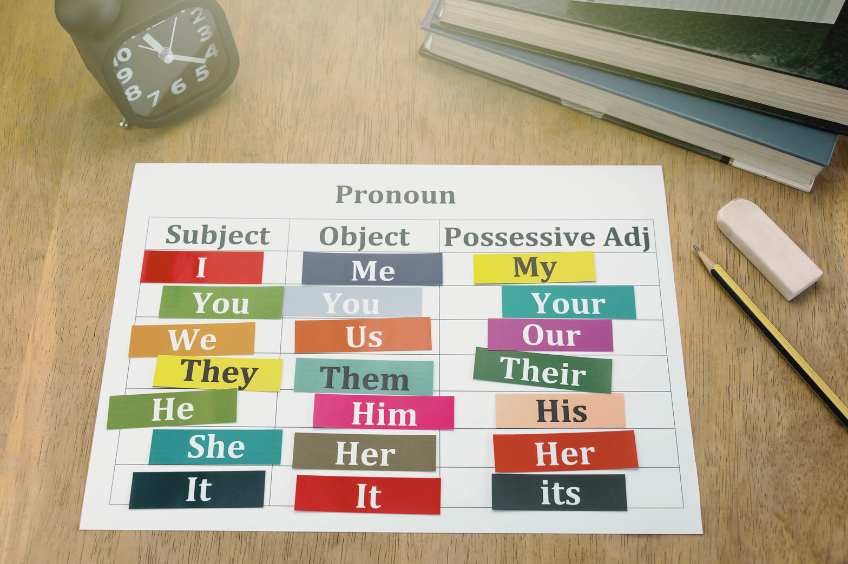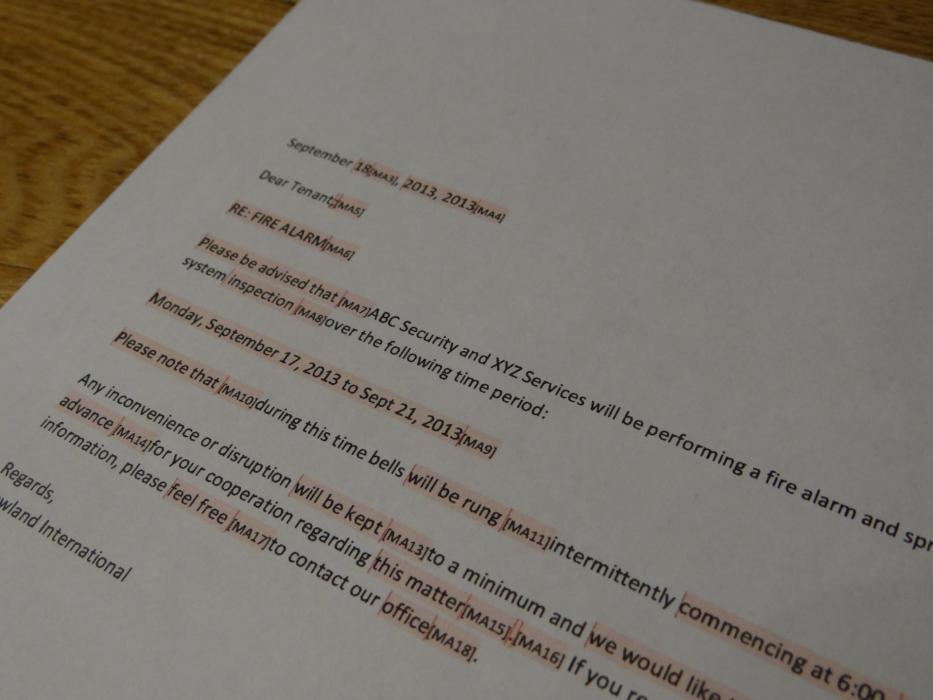
Editing isn’t just about correcting mistakes; it’s about helping writers communicate clearly and confidently. Whether you're reviewing documents for colleagues or employees, the way you provide feedback can make all the difference. Effective editing encourages growth, builds trust, and ultimately leads to stronger writing.
Give Specific Feedback
Writers need clear, actionable feedback, not generic comments like “Good job” or “This could use some work.” Instead, try these approaches instead:
- Ask targeted questions to help writers assess clarity and effectiveness.
For example: Will the reader understand these terms without additional explanation?
- Explain your reasoning when suggesting changes.
For example: This paragraph is dense with information. Consider splitting it into two so key points stand out more clearly.
- Acknowledge strengths to reinforce good habits.
For example: The bullet points make this content easy to scan; great choice!
While providing detailed feedback takes more time upfront, it saves hours of revisions down the road by helping writers sharpen their skills.
Meet With the Writer
Think of editing as coaching; it’s always more effective when done through discussion. A face-to-face meeting (or even a phone call) allows for back-and-forth dialogue, giving the writer a chance to ask questions and clarify points. This makes the editing process a learning experience rather than just a red-marked document.
If an in-person meeting isn’t possible, a quick call or video chat can go a long way in ensuring feedback is understood and applied correctly.
Avoid Changing the Writer’s Style
When editing, do a self-check after you suggest a change. Did you suggest a change to improve the document, such as correcting grammar and typos, making the message clearer or making the tone more positive? Or, did you suggest the change because that’s how you would write it if you were the author?
Before making changes, ask yourself:
- Am I improving clarity, correcting errors, or refining the tone?
- Or am I just rewriting this because it’s how I would phrase it?
Every writer has a unique style. Unless the tone is too formal, too casual, or off-brand, resist the urge to change things just because you’d say it differently.
Instead of saying:
"This way is better."
Try:
"This is my preference, but your version works too."
We all have our own writing style and word preferences. When editing, you need to respect and maintain the writer’s style. Doing so helps build trust, and you’ll find it easier to work with the writers you edit. Unless the writer is using an incorrect style, such as being too formal or informal, leave style alone.
Stronger Editing = Stronger Writers
By providing clear, constructive feedback, respecting the writer’s voice, and embracing collaboration, you turn editing into a learning process. Over time, this approach not only improves individual writing skills but also streamlines content creation for your entire team.
Next time you review a document, challenge yourself to be more specific, supportive, and collaborative. The results will speak for themselves.








